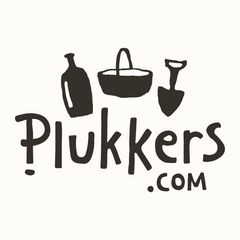Table of Contents:
What is sambal - Introduction to making sambal
Every year around August, beautiful peppers appear on social media channels. Red peppers, long peppers, mild peppers... Have you ever wondered what happens to those homemade peppers? I've been asking myself that question for the past few years, and it's opened up a whole new world for me. Even for people who don't like things too spicy, there are solutions (mild peppers and low doses).
Peppers can be prepared in numerous ways. You can dry them and grind them into pepper flakes (coarsely ground) or pepper powder (finely ground). I also use the milder peppers raw in salads or use them pure in stir-fries. Working with peppers in the kitchen is very delicate. Anyone who's ever rubbed their eyes after deseeding peppers without gloves will know exactly what I'm talking about. Peppers are used extensively in Eastern cuisine. To avoid constant exposure to capsaicin, the substance in peppers that determines their spiciness, people in Indonesia and Malaysia make sauces that they can then use in their food without coming into contact with capsaicin. The collective name for these sauces is sambal. It comes in many different forms but has one thing in common... hot, hotter, hottest. In this article, everything about making your own sambal . It's best to handle peppers with gloves.
What is sambal - Basic principles of sambal
Sambal literally means "add-on to a dish." Just as we add ketchup or mustard to our dishes, in Malaysia and Indonesia, sambal is added to food. Traditionally, sambal is made in a mortar and pestle, much like Italian pesto. The basic ingredients are chili peppers, garlic, shallots, and tomatoes. Sambal can be used raw, like ketchup, or in a hot dish, such as stir-fries. In hot dishes, sambal is often supplemented with shrimp paste and fish sauce. Sambal can easily be stored in a glass jar in the refrigerator for a few weeks. Adding vinegar to the recipe enhances the flavor and extends the shelf life. You can also freeze small portions and store and use them throughout the year.
You can also buy sambal in the store, which usually has a more fluid and smoother texture. Making your own fresh sambal is highly recommended. There are also many ways to make sambal. More on that later.










